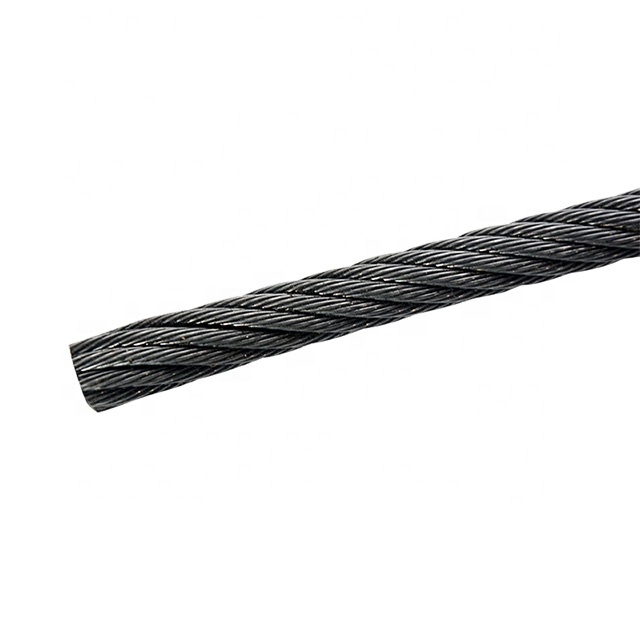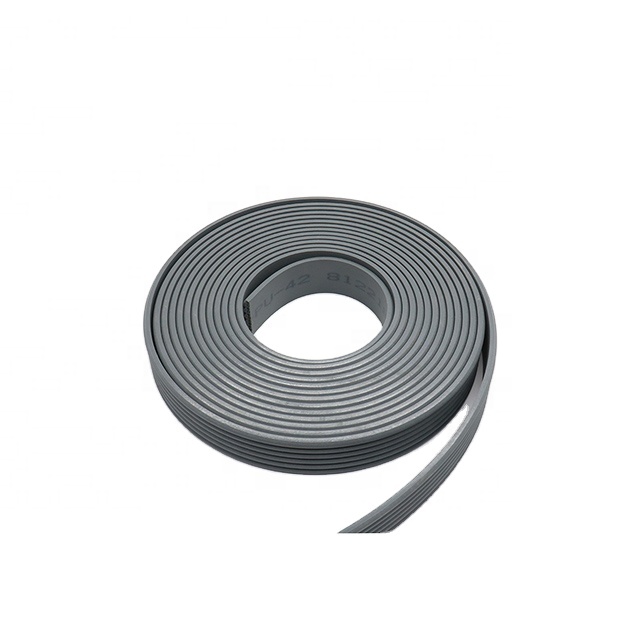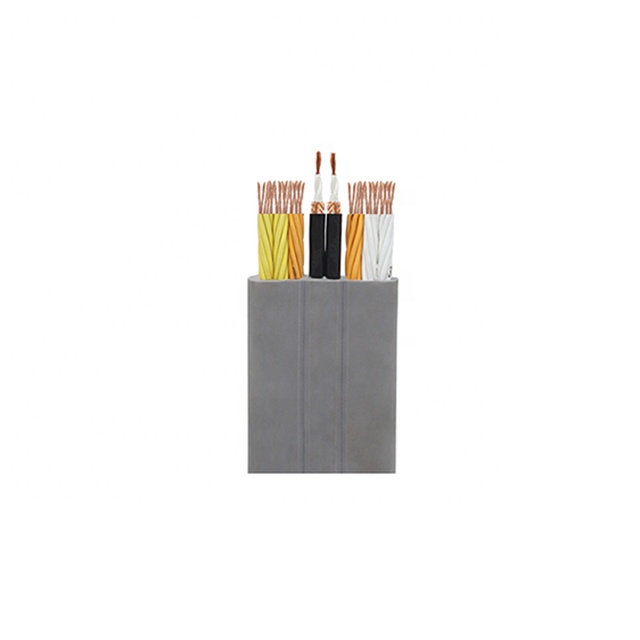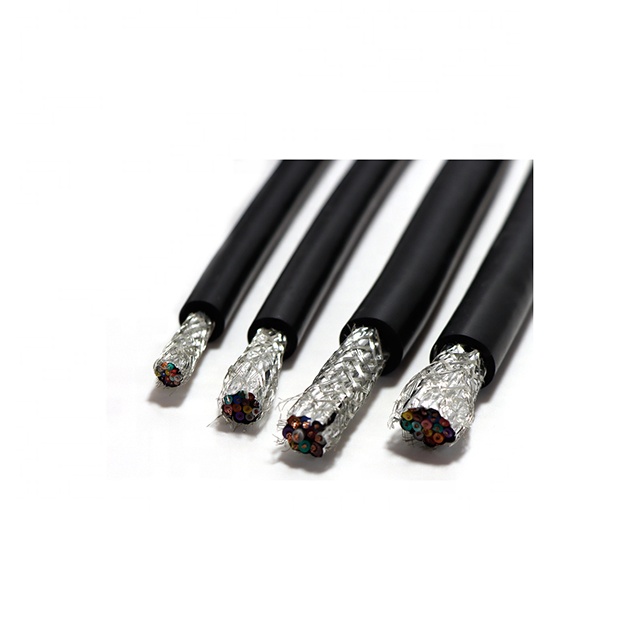The content of zinc in the soil is small, and generally cannot meet the needs of crop growth and development, and must be supplemented by fertilization. Especially in northern China, there are more alkaline soils. The higher the pH value of this type of soil, the lower the effectiveness of zinc, and the need for zinc supplementation. (Related information: in Shouguang and surrounding areas, it is also mainly zinc deficiency and boron deficiency)
Of course, although vegetable production needs zinc supplementation, it does not mean that the more zinc fertilizer is used, the better. Especially when the reporter interviewed in the countryside, he learned that there are three misunderstandings when vegetable farmers supplement zinc fertilizer with vegetables:
Misunderstanding one, the application is excessive. The reason why zinc fertilizer is micro-fertilizer is that crops need less of it, and the application rate is too toxic to crops. Some vegetable farmers apply zinc sulphate 3 kg at the time of bottom fertilizer, and later supplement the zinc fertilizer on the leaf surface. Zinc sulphate reached 250 grams). Lead to crop growth stagnation, small and thin leaves, affecting normal photosynthesis.
Misunderstanding 2, continuous application in the base fertilizer. Zinc fertilizer is generally used for a long period of time, and it can last for 1-2 years. In addition to severe zinc-deficient soils, it is recommended that zinc fertilizer be applied once a year. However, in actual production, the vegetable farmers will apply zinc fertilizer to the bottom of each vegetable before it is planted, resulting in the application of zinc fertilizer twice in one year, so that the amount of residual zinc in the soil is too large, and the absorption of other elements by the soil is inhibited.
Misunderstanding three, mixed with alkaline fertilizers and alkaline pesticides. When zinc is mixed with alkaline fertilizer, it will react and reduce fertilizer efficiency. Similarly, when zinc is mixed with alkaline pesticides, the effectiveness of zinc and the efficacy of pesticides are also reduced. Moreover, if the zinc fertilizer is mixed with the phosphate fertilizer, it is easy to form a zinc phosphate precipitate, which not only reduces the effectiveness of the zinc, but also reduces the fertilizer effect of the phosphorus, so the two should not be used at the same time.
Therefore, when zinc fertilizer is used as the base fertilizer, whether it is a large number of vegetables or more than one year of cultivation, it can be applied once at the end of the year. According to the degree of zinc deficiency in the soil, 0.5-2 kg of zinc sulfate per acre is applied as the base fertilizer. For topdressing, use 0.75-1 kg of zinc sulfate per acre to mix with appropriate amount of fine soil; for foliar application, apply 90-180 g of zinc sulfate per acre to 60 kg of water for spraying on sunny days. When used, it is best to use it alone to avoid reacting with other chemical fertilizers and affecting the absorption of zinc by crops.
Elevator ropes are highly engineered and made of steel with other composites. Also they are not single wires but several strands of various sizes wrapped together. A typical cable or rope can have over 150 strands of wire precisely designed to be strong, flexible, and give long service. Multiple wire strands are used to increase the life of the cable and give flexibility. When you run a cable over a pulley wheel or sheave, the part of the wire on the sheave makes a shorter trip than the outside of the wire. This stretching over time would create weakness for a single strand. So elevator ropes are flexible strong and give long life if maintained properly.
The types of rope in an elevator can vary depending on the job that they need to do. Here are some of the more common ropes you can find lurking in your hoistway:
1. Hoisting Ropes – These are the ropes you see in all the movies. Several are used to suspend the elevator cab and make the car go up and down. These are also the cables used for the counterweights as the counterweights and elevator car are in the same system. The counterweights do just what they are called; they counter the weight of the elevator car when loaded so it takes less effort to move the car up and down. High-strength ropes are used in high rises due to the required speeds that you see today. For instance the fastest moving elevator car in the world, hits a speed that you would find on freeways; an astounding 45 miles per hour! Ultimately the grade of steel is not only determined by the speed but on the car capacity as well. The heavier the weight the car can lift, the higher strength required.
2. Governor Ropes – A governor is part of elevator safety that you will find in the hoistway or overhead space. The second that an elevator car starts falling or even rising too fast, the governor triggers the safety mounted on the car frame and brings the car to a halt. The governor rope runs over the governor sheave and down to the elevator car and is attached to the safety trip mechanism. The governor rope continues all the way down to the pit and runs under a sheave down there and then makes the journey back to the governor. This governor rope arrangement forms a continuous loop while the elevator moves up and down the hoistway. If the car starts going too fast, centrifugal force pushes flyweights outward in the governor against the spring. In simplistic terms it tells the brakes to kick in and stops the car from falling or rising too quickly. As this entire safety system relies on the governor rope, it is very important that it is reliable and in great working condition.
3. Compensating Ropes – Turns out that all of the cable or rope to make an elevator car go up and down is really heavy. This is especially true for really tall buildings. Think about this; a standard one inch elevator cable can weigh 1.85 pounds per foot. As elevator cable makes several trips up and down the hoistway, this weight can really add up. So compensating ropes [compensate" for all the weight of the hoisting ropes on the car or counterweight side. Probably any elevator that exceeds 100′ of travel needs these ropes that are connected to the sling that holds the car and the counterweight frame.
The most important thing about any elevator rope is that they must be in good operating condition at all times. This means inspected often. The technician when performing routine checks doesn`t just look up the hoistway, nod their head and move on; they must check the ropes closely for proper tension, any wear patterns, the diameter of the rope, any rusting, pitting or breaks in strands, the sheaves, proper lubrication and connections.




Elevator Cable,Elevator wire rope,Lift ropes,governor rope,Elevator steel wire rope,Elevator steel cable
Suzhou Keffran Parts Co.,ltd , https://www.keffran-elevatorsmart.com